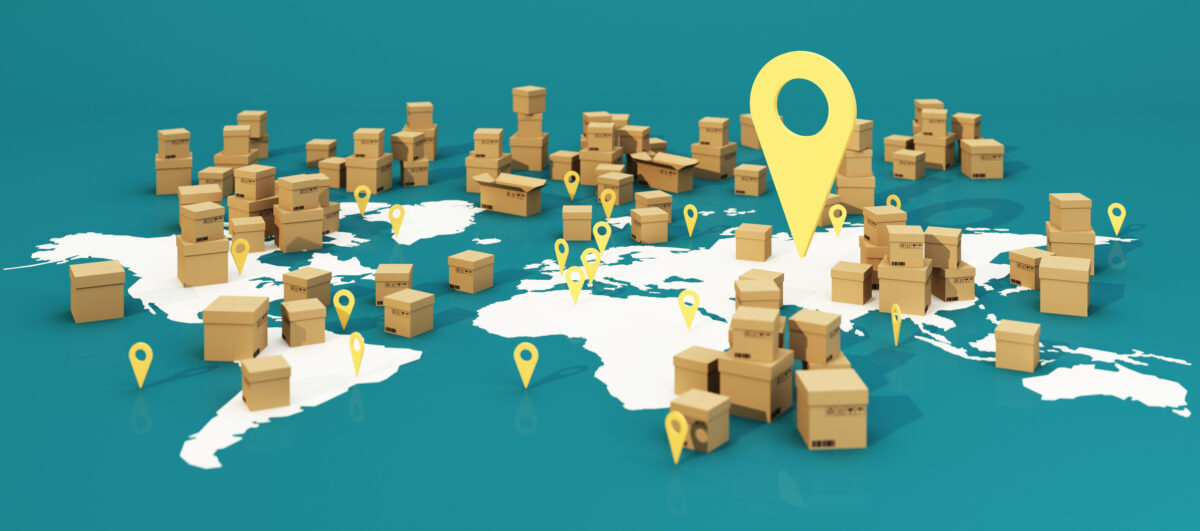Make Supply Chains More Resilient to Disasters
A simpler model for locating new facilities can help cut losses from hurricanes and other disruptions
Based on the research of Kumar Muthuraman

When Hurricane Helene swamped the North Carolina mountains in September, it not only devastated local homes and businesses, but also interrupted nationwide supply chains. Infrastructure damage shut down major producers of quartz for semiconductors and IV fluids for hospitals.
Such business disruptions are becoming increasingly common — not only from disasters like hurricanes, floods and fires, but also from political conflicts and pandemics. Companies face added uncertainty when making costly decisions about locating new facilities.
New research from Texas McCombs may streamline those decisions. Kumar Muthuraman, professor of information, risk, and operations management and finance and H. Timothy Harkins Centennial Professor, has designed a tool that helps select optimal sites for facilities to minimize the risk from disruptions.
“Disruptions today are front and center for supply chains, more so than any other time in the past,” says Muthuraman.
Companies already use data to determine the probabilitiesof disruptions across facilities, he says. When one facility goes down after a flood, they ask, which others will follow? But such odds have been hard to calculate, given the exponentially large number of potential scenarios.
Part of the problem, he says, has been that models depend on thousands of parameters that require historical data — which is often inadequate, since major disturbances have been too rare to estimate dependable numbers.
Such models risk placing facilities in areas that are far from optimal. “When you don’t have enough reliable data for current models’ large number of parameters, the model becomes useless,” says Muthuraman. “It’s garbage in,garbage out.”
Fewer Numbers, Better Results
With McCombs doctoral graduate Vishwakant Malladi, now at the Indian School of Business, Muthuraman developed what he calls a “parsimonious” model using far fewer key parameters. That makes it more likely, he says,that companies will be able to find reliable historical data to accurately estimate parameters.
“Our model uses a much simpler set of parameters, with the hope of weeding out the noise,” he says.
Muthuraman and Malladi tested their model on real-world data to see whether their approach could minimize total setup and servicing costs for a business. They used it to select optimal locations for a fictitious company, using numbers on 50 potential locales.
Then, they simulated disruptions, using historical data on hurricanes, tornadoes, and earthquakes. For hurricanes, they found their selected locations:
• Reduced the overall impact of disruptions by up to 23% compared with traditional models.
• Decreased the computational time from close to sevenhours down to two minutes.
Managers can use the model to design better logistics networks for their companies, Muthuraman says, taking potential disruptions into account.
But the model could also have wider applications, such as solving problems in transportation. Airlines could use it to choose optimal hubs in the face of growing global disruptions such as weather events and wars.
For managers across industries, the lesson is that disruptions have become too common to ignore, he adds. They should be an integral part of business planning.
Says Muthuraman, “If a company is only worried about cutting costs and not about the risk of disruptions, they could very well be left in the lurch when one occurs.”
“Facility Location Problem: Modeling Joint Disruptions Using Subordination” is published in Transportation Science.
Story by Deborah Lynn Blumberg
About this Post
Share:


